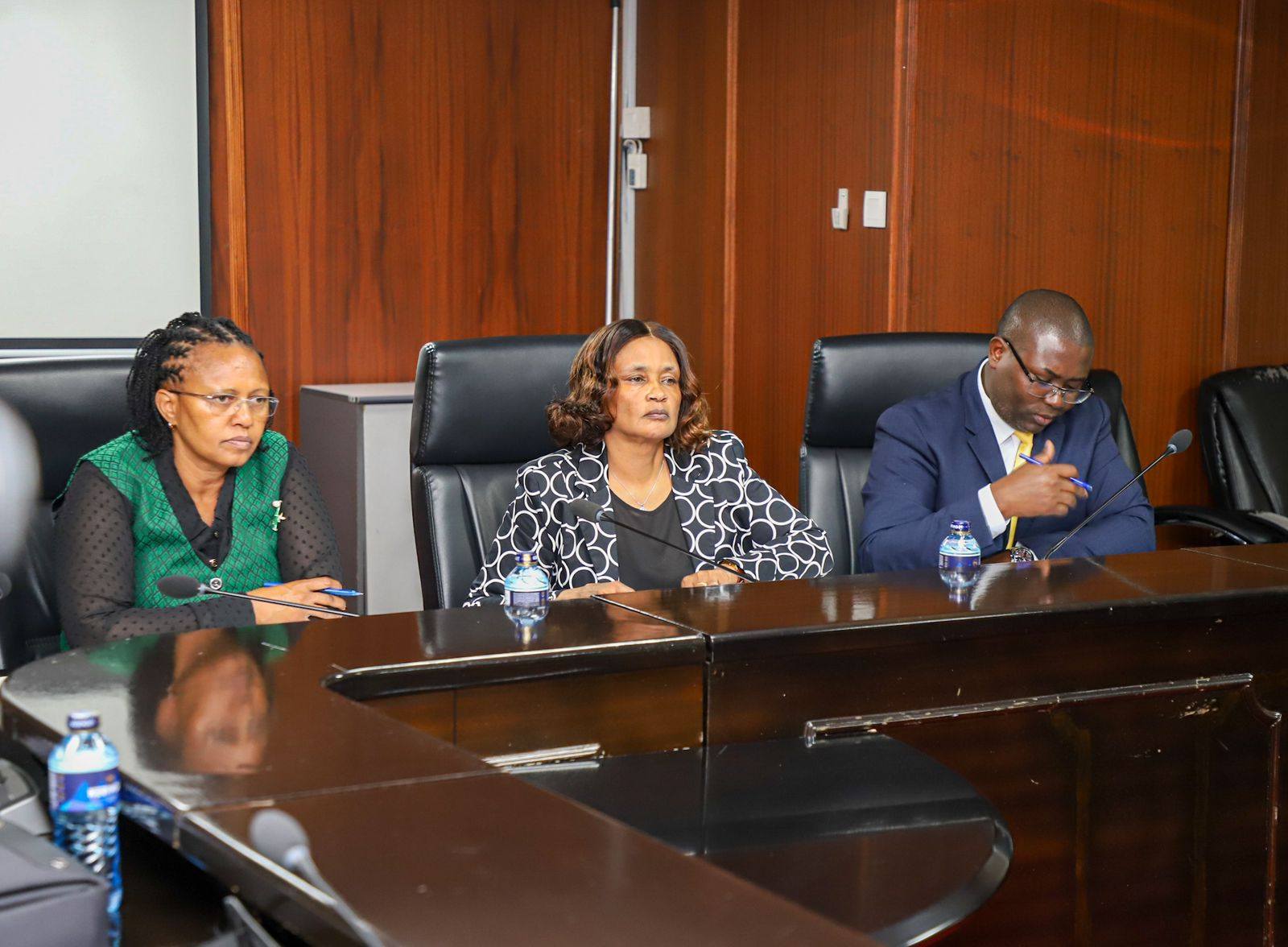Members of Parliament have accused the Teachers Service Commission (TSC) of mismanaging hardship allowances, saying the agency has failed to classify regions fairly, leaving thousands of teachers unsure about their entitlements.
During a parliamentary session on Thursday, legislators called for an urgent review, warning that the current system undermines transparency and denies teachers their rightful compensation.
Hardship allowances are meant to support public servants posted to regions with insecurity, poor infrastructure, or lack of basic services.
The allowances are governed by Regulation 91 of the Code of Regulations for Teachers and the 2025–2029 Collective Bargaining Agreement (CBA).
While TSC manages the disbursement, the State Department for Public Service and Human Capital Development identifies eligible regions, with the Salaries and Remuneration Commission advising on rates.
MPs said the fragmented arrangement has caused inconsistencies, frustrating teachers. Isiolo Woman Representative Mumina Bonaya challenged TSC on why Isiolo Municipality had not been upgraded to Cluster 3 for housing allowances despite schools clearly qualifying.
Acting TSC CEO Eveleen Mitei defended the commission, stating, “Teachers in Isiolo municipality are now earning an enhanced house allowance under Cluster 3,” and added that the terms will be maintained under the new CBA.
Despite this, legislators insisted the system is unfair. Githunguri MP Gathoni Wamuchomba accused the government of excluding Parliament and unions from discussions on reclassification.
She cited a 2019 report proposing that hardship areas be divided into “extreme” and “moderate” categories, a move projected to save Sh6 billion. “Why were teachers paraded at State House when the same government has denied them allowances?” she asked.
“Over 118,000 teachers in 35 counties are affected. The budget is allocated by Parliament, not the presidency. Teachers should not be misled into celebrating while their benefits are under threat.”
The debate highlights a clash between political assurances and institutional procedures. President William Ruto has promised teachers their allowances will not be reduced, but unions maintain the matter is unresolved.
KUPPET chairman Omboko Milemba defended the State House meeting, noting it was part of union efforts to protect benefits.
“The teachers who went there were leaders and the hardship allowance was part of the memorandum we took there. Even the circular that was supposed to effect the reduction had already been shelved,” he said.
He added that financing the CBA remains a challenge, with Sh8.6 billion already spent out of a Sh30 billion total, leaving Sh21.4 billion to be addressed by Parliament.
Critics argue that hardship allowances should reflect actual conditions. Teachers in Turkana face harsher conditions than those in Nyandarua, yet both receive the same stipend.
The Ministry of Public Service has started reviewing hardship areas, raising hopes for a graduated model of pay. “Matters of hardship should not be politicised. They must be handled transparently, through unions and Parliament, not backroom deals,” Wamuchomba said.
In a related development, TSC announced that all teachers will join a new medical insurance scheme under the Social Health Authority (SHA) starting December 1, 2025, replacing the current private insurer.
The scheme will provide outpatient and inpatient care, dental and optical services, annual checkups, ambulance and air rescue, overseas treatment, life cover, and last expense benefits for the teacher, spouse, and up to six dependents.
However, teachers have opposed the plan, citing complaints from other civil servants about SHA’s inefficiency.
KNUT Nakuru branch executive secretary Anthony Gioshe said, “We have heard a story from the government that they want to move us into SHA. We have no problem with the Social Health Authority, but we are saying this, we will not go there.”
Teachers also raised concerns about the mandatory 2.75 per cent deduction on gross income, arguing it amounts to double taxation when combined with their current coverage, which allows access via payroll numbers or biometric verification.

